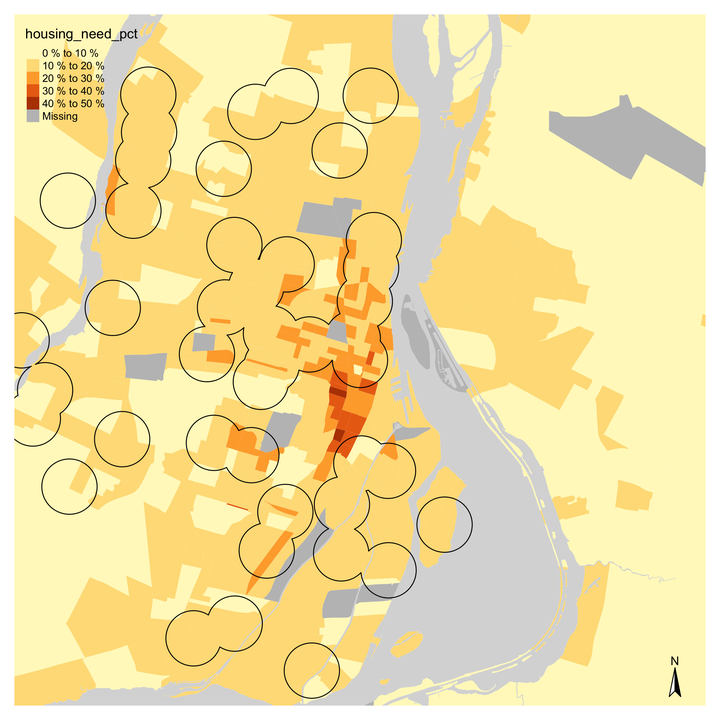Libraries as urban infrastructure

This project explores the relationship between large public libraries and questions of pressing social need in Canadian cities. In cities across the country, libraries have become de facto front-line service providers. What explains this trend, how do different cities vary, and what can be done? To start answering these questions, this project will involve:
-
An analysis of the socioeconomic and demographic characteristics of the catchment areas of member libraries, in comparison with the city as a whole. Looking across the country, how much variation or commonality there is in the social context of the member libraries? What are the common patterns, and what are the exceptions to those patterns? How have these patterns changed in recent decades?
-
A summary of what we know about libraries as social institutions or “social infrastructure” ( Klinenberg 2018 ). How do public libraries contribute to inclusive, healthy, happy neighbourhoods and cities? How have large-scale trends in the last several decades (including cutbacks to the welfare state, gentrification in city centres, and the emergence of information technology) changed the social role of libraries, and what are the key future opportunities?
-
A discussion about integrating this idea of social infrastructure into the core value proposition of public libraries. How can we advance the conversation about the social contribution of libraries beyond “social services”, narrowly conceived?
This project is a collaboration with the Canadian Urban Libraries Council .

